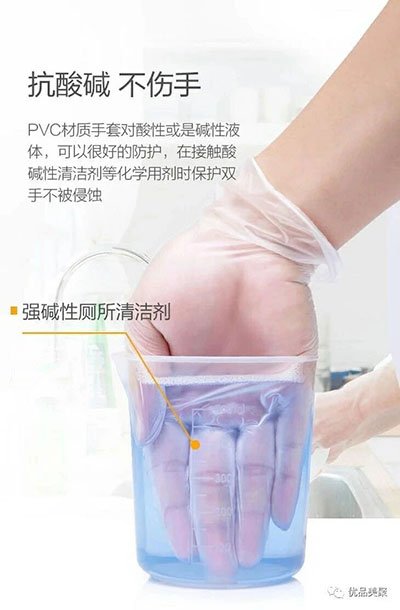Understand the types of disposable gloves and why they are not a good choice
Well, anything that is considered disposable and not biodegradable or compostable is not a good choice.
When you look at the definition of biodegradable, you can clearly see why it is so much better than one-time use, and at least the compostable items leave nutrients for the plants.
The PVC Gloves Production Line Manufacturer will share with you:
Nitrile gloves
If you are allergic to latex, it is a very useful option to switch to nitrile gloves. Nitrile gloves are made of synthetic rubber, which is a medical-grade material. Due to puncture resistance, nitrile gloves are often the preferred alternative to latex gloves.
Nitrile rubber is one of the most puncture-resistant disposable gloves available, which is why they are often used in food processing and medical institutions.
If you see gloves called medical grade, they may contain nitrile. Due to the extremely high elasticity, you can put many other things on the nitrile glove, but it will still not pierce.
They are very suitable for use in situations where there is a risk of infection.
Latex gloves
Latex is one of the most common types of gloves, although it can cause potentially fatal allergic reactions, which is why there are substitutes for vinyl and nitrile.
Latex gloves usually make the wearer more comfortable and have a wide range of protective properties.
They are one of the most cost-effective methods, which is why you will see them being used almost everywhere, and why you will find questions about latex allergies in medical forms. If they can be used, they will be used to cut costs.
Vinyl gloves
Vinyl is very cheap, but it cannot be used because latex and nitrile gloves can be used in medical grade.
Vinyl is antistatic, does not contain latex (making them safe for use in prepared foods), and is minimally harmful to the environment.
These devices provide the least protection because they can be used for a few minutes to two hours before being discarded. They fit loosely, cannot be used with chemicals, and have the lowest tear or puncture resistance of any glove material.

PVC Gloves
So what do these three disposable gloves have in common?
Long decay period.
They are all made of some form of polymer, which actually takes thousands of years to degrade.
Synthetic polymers (non-naturally occurring natural polymers such as wool, cotton or leather) cannot be decomposed from microorganisms like organic materials. Instead, they rely almost entirely on ultraviolet rays from the sun.
This means that if they end up in a landfill where there is no direct sunlight, they cannot tell how long it will take to decompose.
Another thing is that no matter what material is used, 100% nitrile, latex or vinyl gloves cannot be used.
There are other additives at work, and they can account for 10% of the chemical composition of the glove.
To make matters worse, these chemicals account for 1/10 of the glove composition and are actually more harmful to the environment than all other substances in the glove.
Since these gloves are designed to be used for a short period of time, the chemicals associated with them do not have to have the same 1,000-year service life as synthetic polymers.
Instead, they decompose within a few years of being introduced into the landfill, when they seep into the soil, poison the soil, and eventually wash away the water body, destroy everything in its path, and threaten marine life.


